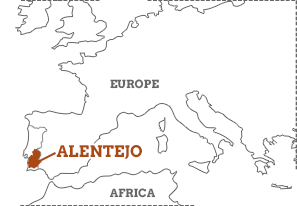Likened sometimes to Tuscany or Provence, Portugal’s Alentejo is actually a little more rustic and a lot less visited than France or Italy’s celebrated regions. Unspoiled by the development seen along the Algarve coast and deeply rural, life moves at a treacly pace here, but the scenery is ever changing.
![]()
Tranquil countryside, empty beaches, fantastic surfing, walking and cycling - Alentejo has it all. Except for crowds. You won't find them here.
![]()
Beautiful, often deserted beaches give way to hills cloaked in cork and eucalyptus, river valleys where wild asparagus thrives, wheat fields and remote villages. Atlantic rollers draw surfers to the coast, while walking and cycling are low-impact ways to explore. Chance upon vignettes of rural life as you go – old ladies swapping gossip over milky coffee, a farmer dozing among his grazing goats – but beyond the locals, you’re more likely to bump into a wild boar than a tourist. Weird, really, since Alentejo also boasts a lovely climate and inexpensive local food – fresh olives and fish, smooth local wine and not a full English in sight.



















